Mark Anthony Neal's Blog, page 841
February 1, 2014
NFL Reporter Pam Oliver on Her Career & Mean Tweets
 WSJDigitalNetwork
WSJDigitalNetworkFox Sports NFL sideline reporter Pam Oliver talks to the Wall Street Journal's Lee Hawkins about her journey to the top of the sports journalism field, the recent firestorm of negative social media comments about her hair, the advice she gives to women who aspire to become sports reporters, and covering the NFL and the Super Bowl.
Published on February 01, 2014 10:43
“Legible Thugs” – #AntiBlack Racism is Bigger than Richard Sherman by David J. Leonard
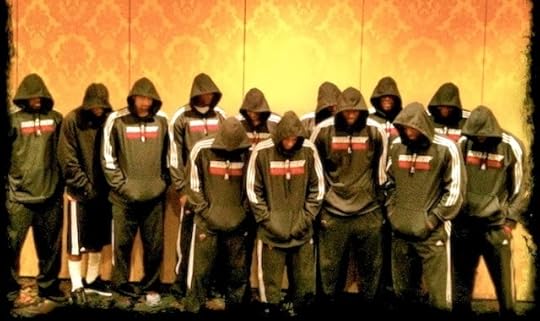 “Legible Thugs” – #AntiBlack Racism is Bigger than Richard Shermanby David J. Leonard | NewBlackMan (in Exile)
“Legible Thugs” – #AntiBlack Racism is Bigger than Richard Shermanby David J. Leonard | NewBlackMan (in Exile)Recently there has been much discussion of labeling of Richard Sherman as a “thug” within social media. In response Sherman challenged its usage (at least as it applies to him)
What's the definition of a thug? Really? Can a guy on a football field just talking to people [be a thug?] ... There was a hockey game where they didn't even play hockey! They just threw the puck aside and started fighting. I saw that and said, 'Ah, man, I'm the thug? What's going on here?' So I'm really disappointed in being called a thug. I know some 'thugs,' and they know I'm the furthest thing from a thug," Sherman said. "I've fought that my whole life, just coming from where I'm coming from. Just because you hear Compton (Calif.), you hear Watts, you hear cities like that, you just think 'thug, he's a gangster, he's this, that, and the other,' and then you hear Stanford, and they're like, 'oh man, that doesn't even make sense, that's an oxymoron.'
Evident from Richard Sherman to Barack ObamaThe repeated references to Ron Artest and the other players involved in the fight as having traded in their uniforms for “gang colors” and “gang styles” (Limbaugh 2004), as being “thugs” (“Basketball’s Thugs” 2004; Clay 2004; Egan 2004; Kindred 2004; Moore 2004b; “Rampaging Thugs” 2004; “Readers Express Little Sympathy for Players” 2004; “Sell Sport Not Thuggery” 2004; “Thugs, Sports, and Consequences” 2004; E. Smith 2004; Wiseman 2004), or as merely engaging in “thuggish violence” (“Basketball’s Thugs” 2004) reflect the criminalization of the players, the NBA, and of black youth in general.
“The commercialization of the thug image leads, perhaps inevitably, to the problematic assumption that black men, not just athletes are violent and dangerous,” writes Jeffrey Lane, in Under the Boards: The Cultural Revolution in Basketball. “Moreover, too often the understanding that whites have of blacks is profoundly skewed by the simple fact that – as with the ‘Prep-school Gangsters’ – whites interact with blacks only indirectly, through the consumption of a very limited number of representations” (2007, p. 65). While failing to recognize the historic nature of the criminalization of black bodies, a process that predates hip-hop, or the integration of the NBA, Lane illustrates the ways in which a thug trope guides fan engagement with the NBA. Although establishing a binary that is in many ways contradicted by reality, Kobena Mercer reflects on the longstanding criminalization of black bodies as well:
As a major public area, sport is a key site of white ambivalence, fear and fantasy. The spectacle of black bodies triumphant in rituals of masculine competition reinforces the fixed idea that black men are all “brawn and not brains,” and yet because the white man is beaten at his own game – football, boxing, cricket, athletes – the Other is idolized to the point of envy. This schism is played out in the popular tabloid press. On the front page headlines black males become highly visible as a treat to white society, as muggers, rapists, terrorists, and guerrillas: their bodies become the imago of a savage and unstoppable capacity for destruction and violence. But turn to the back pages, the sports pages, and the black man’s body is heroized and lionized. . . (Quoted in Andrews 2001b, p. 131).
What should become evident, however, in the “thugification” of Sherman is the convergence of the front and back pages, such that black athletes are demonized and feared, not just because of the physical manifestations of violence (i.e criminality), but because of the cultural morals and values that they supposedly bring into the arena and onto America’s cultural landscape.
Criminalization reflects the process of extending criminal meaning to a previously legally unclassified social practice, body, or group. For example, black male bodies throughout history have come to represent that which is deviant, criminal and threatening. Writing about the war on drugs and America's racial caste system, Michelle Alexander argues that “the stigma of race was once the shame of the slave . . . today the stigma of race is the shame of the criminal” (2010, p. 193). Resulting from the white racial framing promulgated "by political and media elite” (Alexander 2010, p. 193), “the era of mass incarceration” has reduced “what it means to be criminal in our collective consciousness to what it means to be black.” In other words, “the term black criminal is nearly redundant. . . . To be a black man is to be thought of as a criminal, and to be a black criminal is to be despicable – a social pariah” (Alexander 2010, p. 193).
Herman Gray argues further, “The black other occupies a complex site, a place where fears, desires, and repressed dreams are lodged. The black is a site of spectacle, in which whites imagine blackness as a potential measure of evil and menace” (Gray 1995, p. 165). Blackness within dominant society and within the world of sports represents a sign of “social decay,” disorder and “danger” (Andrews 2001b, p. 117). Connecting this process to the ongoing culture wars, the Reagan revolution, deindustrialization, and the continuously expanding American prison system, S. Craig Watkins argues in Representing, that the criminalized black body functions as a powerful marker of social decay, pathology, and danger, thus necessitating state control and intervention.
The criminalization of black youth and inner city communities was necessary to legitimate the crisis. Legitimation is the process by which the state secures consent from society by giving the illusion that it is acting in the common interest of society . . .. Law and order appeals bind the nation together at the same time they divide and polarize society along lines of race and class. The merger of the criminal, the lower and the dangerous classes promotes the commonsense notion that most pernicious threats to a harmonious society come from the bottom of the social and economic hierarchy. In this sense, then the war on drugs deflects the anxiety and discontent of ordinary Americans and their resentment away from corporate and political elite and against the poor (1998, pp. 37-38).
The trope of black criminality has been central to a white racial frame in that this danger and deviance has been used to justify inequality, to rationalize high rates of incarceration, and to sanction various forms of institutional violence. Efforts to challenge these discourses should not traffic in a politics of “exceptionalism” that seemingly legitimizes the existence of faceless, voiceless, humanity-less “thugs” over there.
It is insufficient and dangerous to say, “But Sherman’s not a ‘thug’ because he has a high GPA, or because he graduated from Stanford.” Whether a graduate of Stanford or Harvard Law, or a black youth forced out of school or hunted down by racist vigilantes, the “thug” label furthers the normalization of antiBlack violence in the name of white supremacy. To challenge injustices requires questioning and challenging the deployment of this language and the “thugification” of black youth on every corner.
***
David J. Leonard is Associate Professor in the Department of Critical Culture, Gender and Race Studies at Washington State University, Pullman. Leonard’s latest books include After Artest: Race and the Assault on Blackness (SUNY Press) and African Americans on Television: Race-ing for Ratings (Praeger Press) co-edited with Lisa Guerrero. He is currently working on a book Presumed Innocence: White Mass Shooters in the Era of Trayvon about gun violence in America.
Portions of this essay previously published in After Artest: The NBA and the Assault on Blackness (SUNY Press, 2012)
Published on February 01, 2014 05:16
January 31, 2014
'Left of Black' Preview: ‘To Be Young, Gifted and Black’: The Roots of a Civil Rights Anthem
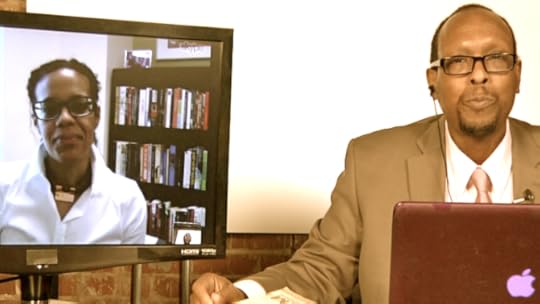 The Root.com
The Root.comL
eft of Black host Mark Anthony Neal speaks to Shana Redmond about her new book, Anthem: Social Movements and the Sound of Solidarity in the African Diaspora. Redmond is an assistant professor of American studies and ethnicity at the University of Southern California.
Published on January 31, 2014 15:43
Talks @ Google: The Cast of '12 Years a Slave'
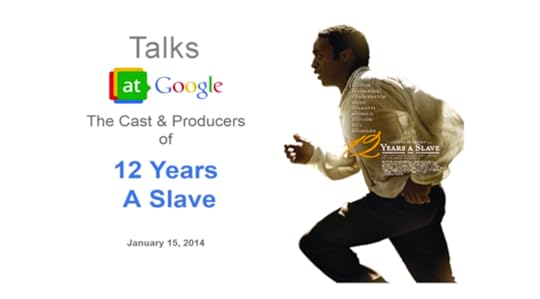 Talks @ Google
Talks @ GoogleTalks at Google was delighted to host the actors and producers of the highly acclaimed 2013 Steve McQueen-directed film, "12 Years a Slave" for an exclusive moderated talk hosted by Malik Ducard, Director of Content Partnerships at YouTube. On January 15, 2014, actors Chiwetel Ejiofor, Lupita Nyong'o, and Alfre Woodard, and producers Jeremy Kleiner and Dede Gardner stopped by Google's Venice LA office to discuss the film.
Published on January 31, 2014 12:24
January 30, 2014
January 29, 2014
Marvin Gaye x Yasiin Bey = Yasiin Gaye (Official Teaser Video)
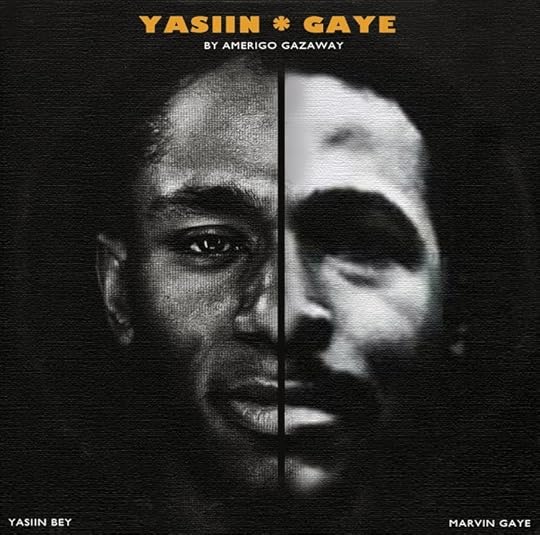 Amerigo Gazaway
Amerigo GazawayAmerigo Gazaway's new *Soul Mates* series continues the theme of his previous work in creating collaborations that never were. On the series' first installment, the producer unites Brooklyn rapper Yasiin Bey (Formerly Mos Def) and soul legend Marvin Gaye for a dream collaboration aptly titled "Yasiin Gaye". Building the album's foundation from deconstructed samples of Gaye's Motown classics, Gazaway re-orchestrates the instrumentation into new productions within a similar framework.
Published on January 29, 2014 18:05
"We Need a Break from Capitalism"--Seattle City Council Member Kshama Sawant Responds to Obama SOTU
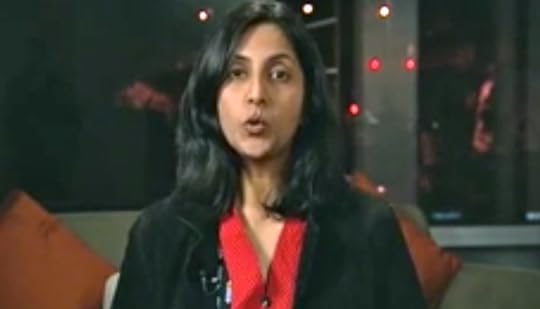 Seattle Channel 21
Seattle Channel 21Socialist Council member Kshama Sawant responds to President Obama's State of the Union address.
Published on January 29, 2014 14:50
Vijay Prashad on the Faults of the US Electoral System
Published on January 29, 2014 13:00
"A Silent Coup": on the Corporate & Military Interests Shaping President Obama's SOTU
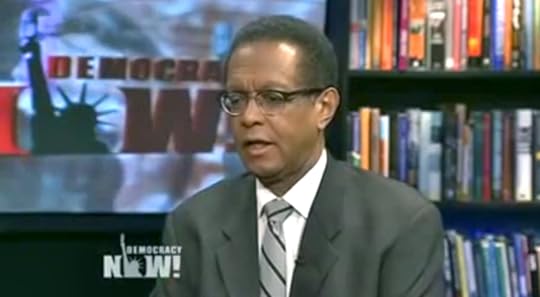 Democracy Now
Democracy NowPresident Obama delivered the fifth State of the Union with a vow to take action on his own should Congress stonewall progress on his agenda. But will Obama's policies go far enough? We host a roundtable with three guests: Jeremy Scahill, producer and writer of the Oscar-nominated documentary "Dirty Wars: The World is a Battlefield;" and senior investigative reporter at First Look Media, which will launch in the coming months; Bob Herbert, Distinguished Senior Fellow with Demos; and Lorella Praeli, Director of Advocacy and Policy at the United We Dream Coalition.
Published on January 29, 2014 12:22
"Tavors not M16s at the Checkpoint"--Jasiri X on Life in Palestinian Settlements
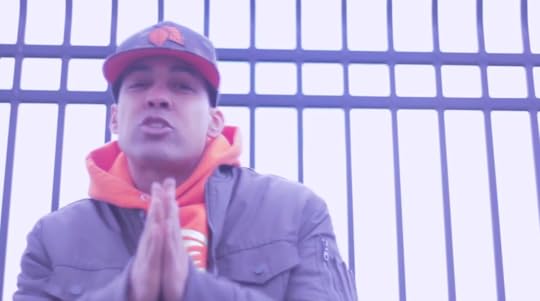 Jasiri X
Jasiri X"Checkpoint" is based on the oppression and discrimination Jasiri X witnessed firsthand during his recent trip to Palestine and Israel "Checkpoint" is produced by Agent of Change, and directed by Haute Muslim. Download "Checkpoint" athttps://jasirix.bandcamp.com/track/ch....
Published on January 29, 2014 08:27
Mark Anthony Neal's Blog
- Mark Anthony Neal's profile
- 30 followers
Mark Anthony Neal isn't a Goodreads Author
(yet),
but they
do have a blog,
so here are some recent posts imported from
their feed.




